The following is from Eve Horowitz of the Honduras Children charity:
As most of you know, the SOS management (SOS Children's Villages) from Tegucigalpa forced the two SOS facilities that we had been working with to end their volunteer programs this past June. This was not because of anything that we or our volunteers had done and was an across the board decision for all of their Honduras locations.
We had been hearing for several months before this decision that the Tegucigalpa management had been visiting other SOS locations (not where we worked) and that several directors had either left or been fired. Specifically, an experienced and beloved director in San Pedro Sula had been forced to quit and now we have heard that the Tegucigalpa director has put in his resignation.
It is hard to know exactly why this is being done but we suspect that the new management group in Tegucigalpa sees this as a cost cutting measure and also has a desire to put their own "people" in place but we really do not know for sure.
The reason that I am writing is because our friend Olman Flores, the director at El Pino has been forced out along with four of the madres. The effects on Olman, the madres and especially on the children, are devastating.
Here is what we know so far. Even though we no longer have volunteers at SOS, Rikke and I were invited by Olman to visit and so I called Olman to find out when would be a good time to come. As soon as he answered his phone I knew that something was wrong but he was not able to tell me so I told him that Rikke and I would contact him to hopefully see him the next day.
Rikke then called the next morning to let him know that we were coming and he then told her what had happened to that point. The SOS management people had required Olman to take a "vacation" from June 15-30 while they ran the facility and audited operations. When Olman returned at the end of June, he was not given any report or told of any problems to correct.
On August 10, the Tegucigalpa management people showed up with the 'fiscalía' and put 4 of the madres in a taxi to La Ceiba and told Olman to leave. They said they were doing an investigation of some allegations and would let them know when they could return. (So far they have not been allowed to return.)
As some of you know, most of the madres are from the southern part of Honduras and do not have family along the north coast. These women had no money and nowhere to go. Eventually, one of the other madres who owns a home in the small housing development just west of SOS in El Pino, told them to go and use that house. Charlie and Amalia have brought them some food.
Meanwhile, Olman and his wife had no other place to go except their son's home in Santa Anna (about 15 minutes west of El Pino.) They were not allowed to bring very many of their personal items and in fact, Olman was not even allowed to bring his electric wheelchair and the Tegus folks still will not allow him or anyone back to retrieve it.
Rikke and I visited Olman on the 11th and then again a few days later. As you can imagine, Olman is very distraught and is especially worried about the effect that these events are having on the children. The children at SOS look at the madres as "mothers" and to many, Olman is like a father. Imagine the loss and fear that they are experiencing as their loved ones are being sent away with no explanation or time to say good bye.
Many of the children are running away and trying to see the madres and Olman. They are scared. Rikke and I saw SOS children hitch-hiking on the side of the road as we returned from Santa Anna and Olman has a video of driving into La Ceiba and finding a 9 year old SOS boy at the side of the road.
There are some allegations that have been made about Olman. One is that he disciplined a child by putting them alone in a room without food or water for 3 days. For those of us who have spent extended periods of time at SOS and with Olman, we know that this is not at all how the children were treated but the scary part is that if these allegations force Olman to go to court, he could actually end up in jail. Allegations have also been made about the madres and even about Miriam who works in the office. This is just horrible and crazy.
 We want you to know that Olman has worked at SOS as a director for 13 years. Rikke has known him since 2005 and I first met him in 2004. Olman is a kind and good man and IHNFA (child services in Honduras) has never had a negative report about him. The IHNFA people know and respect him. He has also never previously been disciplined by SOS in any way. There is NO HISTORY of any type of infractions.
We want you to know that Olman has worked at SOS as a director for 13 years. Rikke has known him since 2005 and I first met him in 2004. Olman is a kind and good man and IHNFA (child services in Honduras) has never had a negative report about him. The IHNFA people know and respect him. He has also never previously been disciplined by SOS in any way. There is NO HISTORY of any type of infractions.
Rikke and I are worried about Olman but also very scared for the children. Even if Olman will never be able to return to his job, we need to make the SOS international office aware of what is going on and — here is where you come in — let them know that individuals and organizations from ALL OVER THE WORLD are aware of the situation, concerned for the emotional well being of the children and will vouch for Olman's character so these allegations are thrown out.
SOS is based in Austria and so we would like to send emails to their main office but hard copy letters may be more effective. If you will write a letter on behalf of the children, the madres and Olman, Rikke can ask her father in Denmark to print it and mail it to Austria.
Rikke has researched where the letters should go and says:
"Often, large organizations like the SOS Children's Villages International, receive huge amounts of mails to their general e-mail address. In order to make sure your e-mail gets through and doesn't get 'lost', please send your e-mails to all of the following emails, which include the e-mail of the president and vice-president":
info@sos-childrensvillages.org
president@sos-kd.org
helmut.kutin@sos-kd.org
richard.pichler@sos-kd.org
As for the hard copy letters, please add "Att: President Helmut Kutin" to the top of the address, if you send your letter by normal mail:
Att: President Helmut Kutin
SOS Children's Villages International
Hermann-Gmeiner-Str.51
A-6020 Innsbruck
AUSTRIA
BUT ALSO EMAIL THEM TO RIKKE (cc'd above). Please put "SOS Letter" in the subject line so she can find them easily. Please make sure they have an actual signature.
Points to address:
• Write your letter in English but if you are able to include a Spanish translation, that will be helpful in using these letters to defend Olman in Honduras.
• Keep your letter brief but heartfelt.
• Refer to the facility as SOS - La Ceiba (not El Pino)
• Explain how you know Olman and the children at SOS — note that it would be good to say that you volunteered with HondurasChildren to deliver an academic enrichment program to the children (or vacation care, art program etc.) SOS does not accept volunteers on their own so it's important to say that you were part of an organization delivering a free program — not that you volunteered directly for SOS.
• Address your observations of the care and love that the children receive.
• Express concern about the emotional welfare of the children who have had their mothers and Olman sent away.
• Speak specifically about Olman's personality, demeanor with the children and his character.
• Be sure that you list your contact information and are clear about what country you come from.
We need these letters RIGHT AWAY — please let us know if you will help.
Thank you — and sorry to have to bring you this sad news.
~~~~~~~~~~~~~~~~~
Incredibly, the SOS management from Tegucigalpa threw these long-time live-in workers out on the street with no notice, no reasons given, no charges made, with nowhere to go and without even allowing them the ability to gather their personal belongings. Olman Flores is paralyzed from the waist down but was not permitted to take his own personal electric wheelchair! I am pretty sure that SOS has violated many Honduran labor laws and could be subject to severe sanctions and possibly civil lawsuits.
Today's La Tribuna reports than the director of the SOS Aldea in Choluteca was charged with violation of a minor, which may or may not be true. Even if true in that case, it doesn't justify a mass "housecleaning" across the country in SOS's seven facilities of what are reported by many volunteers over many years to be good, honest, loving caretakers of the children. I've been told that the Choluteca director has been with SOS for 12 years with no problems and that some believe this charge is false.
You can read some of the letters that volunteers have sent to the SOS organization in Austria at Honduras Children's Facebook page. I hope you'll take time to read some of them. The support for Olman Flores is very powerful. If you aren't on Facebook, one of the letters can be found at HondurasWeekly.
SOS Honduras' new director has ousted all volunteer organizations from participating with the orphanages. I have been told that this same woman was director some four years ago and did the same thing back then — ousted all volunteer groups — and that she's now back in charge with a vendetta. She has fired the national director, and other respected Aldea directors were either fired or have resigned. One source within the SOS has implied that there are some illegal goings on within the Tegucigalpa SOS management.
Whether all of this is a misguided effort to protect the children or a result of a power play, corruption, or crime, it is obvious that no consideration has been given to the traumatization of already at-risk children. We aren't talking about about protecting the integrity of sacks of beans! These children and teenagers are human beings who most need the stability of adults they can count on. One thing is certain and that is that SOS Children's Villages International, who have orphanages all over the world, needs to get to the bottom of this and take appropriate action before their reputation is permanently tarnished. Some factual information about what is going on would be a good start.




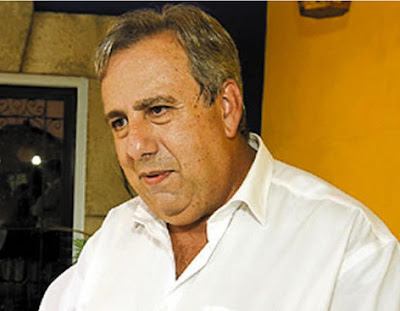







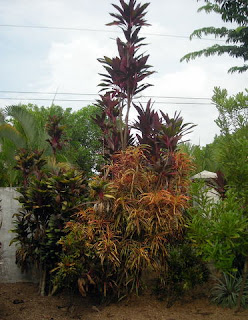



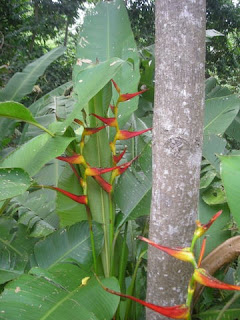

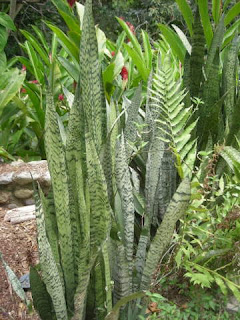

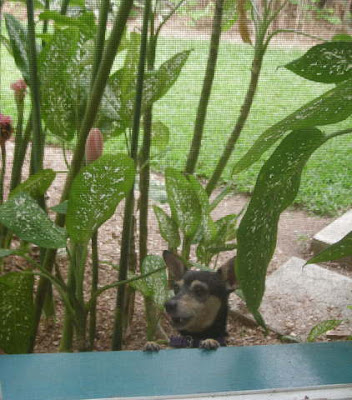









 Welcome to my Blogicito —
Welcome to my Blogicito — 








